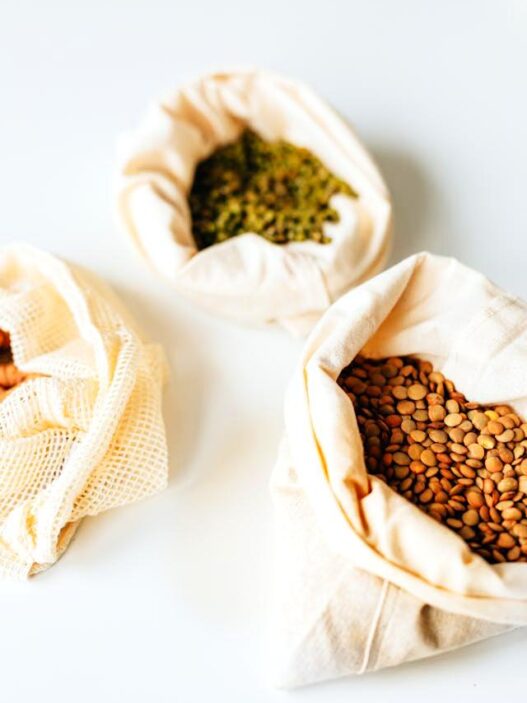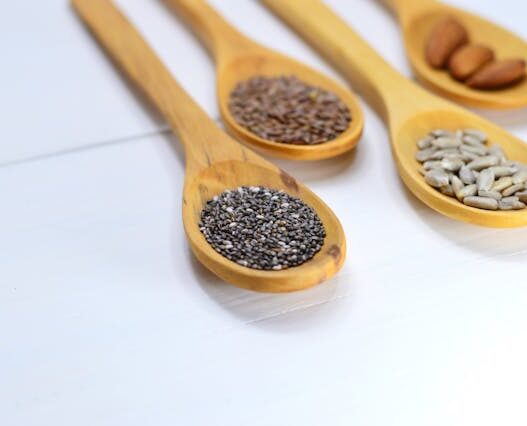Guide for food reintroduction. How to Reintroduce Foods During the AIP Reintroduction Phase

The Guide for Food Reintroduction will show you step-by-step the process to follow. The Autoimmune Protocol (AIP) diet is a powerful tool for managing autoimmune diseases by removing potentially inflammatory foods and focusing on nutrient-dense, healing foods. However, the ultimate goal is not to stay on the elimination phase forever but to reintroduce foods thoughtfully, one at a time, to determine which ones your body can tolerate. This is where the AIP Reintroduction phase comes in.
In this post, I’ll walk you through the process of reintroducing foods during the AIP Reintroduction phase, sharing practical tips, signs to watch for, and how to approach this critical step in your journey to healing.
Why Reintroduce Foods?
Reintroducing foods during the AIP Reintroduction phase allows you to determine which foods your body can tolerate without triggering inflammation, gut issues, or autoimmune flare-ups. By carefully tracking your body’s responses, you can build a personalized, sustainable diet that supports long-term health and well-being.
The reintroduction phase helps to:
- Identify foods that may be causing symptoms or flare-ups.
- Gradually expand your food choices, which can be helpful for both nutrition and variety in your meals.
- Move towards a more balanced and individualized diet after eliminating problematic foods.
How to Start the AIP Reintroduction Phase
The process of reintroducing foods should be gradual and methodical. Rushing through it can lead to confusion about which foods may be problematic. Here’s a step-by-step guide:
- Prepare Yourself Mentally and Physically
- Make sure you’ve been on the elimination phase for at least 30 days (ideally longer) before starting the reintroduction process. This ensures that your body is fully cleared of any potential inflammatory foods.
- It’s important to be patient and mindful. The goal is to reintroduce foods one at a time and carefully observe your body’s reactions.
- Choose the Foods to Reintroduce
- Foods are typically reintroduced in the following order: eggs, nightshades, nuts and seeds, seeds, legumes, dairy, grains, alcohol, and then additives. This order is recommended because it moves from more commonly tolerated foods (like eggs) to potentially more triggering ones (like grains or dairy).
- It’s best to start with foods that are less likely to cause major flare-ups. If you’ve previously experienced a sensitivity to a particular food group, consider waiting longer before reintroducing it.
- The 3-Day Rule
- For each food you reintroduce, you should follow the 3-day rule. This means consuming a small amount of the food every day for three days, while carefully observing any changes in your body.
- During this time, continue following the AIP diet for all other foods, and avoid introducing any new foods or potential irritants.
- Monitor Symptoms and Reactions
- After each food reintroduction, be vigilant for any signs or symptoms that could indicate a reaction. Common symptoms include:
- Digestive issues (bloating, gas, diarrhea, constipation)
- Skin flare-ups (rashes, acne, eczema)
- Joint pain or stiffness
- Fatigue or headaches
- Mood changes or anxiety
- Keep a detailed food journal to track what you eat and any symptoms you experience. This will help you make informed decisions as you move forward.
- After each food reintroduction, be vigilant for any signs or symptoms that could indicate a reaction. Common symptoms include:
- What to Do if You Experience a Reaction
- If you notice any symptoms, stop consuming that food immediately and give your body time to reset. You may need to return to the elimination phase for a period of time to calm any flare-ups before trying the reintroduction again.
- It’s important not to push through symptoms. The goal of AIP is to help you find healing foods, not to stress or harm your body further.
- Continue Reintroducing One Food at a Time
- After three days, if you have not experienced any reactions, you can consider the food reintroduced. If it went well, you can begin reintroducing the next food.
- If you notice no adverse symptoms after the first reintroduction, move on to the next food. It’s essential to go through the reintroduction process with a methodical and slow pace.
- How to Adapt if You Tolerate Some Foods
- If you can tolerate certain foods well, you can gradually increase your intake, but it’s still a good idea to cycle foods in and out of your diet.
- For foods that you don’t tolerate, it’s important to keep them out of your diet and continue focusing on the foods that work for your body.
Tips for Success in the AIP Reintroduction Phase
- Patience is Key: This is a slow process. Each food reintroduction takes time, and you should not rush it. Your body needs time to adjust and give you accurate signals about how it responds.
- Keep a Food Journal: Track everything you eat, including portion sizes, preparation methods, and any symptoms that arise. This will help you identify patterns.
- Consult with Your Healthcare Provider: If you’re unsure about any step or have specific concerns related to your autoimmune condition, consider seeking guidance from a healthcare professional familiar with AIP or functional medicine.
- Support System: Reach out to others in the AIP community or consider joining support groups. Sharing experiences can provide encouragement and insight.
What If You Can’t Tolerate a Food?
If a particular food causes a reaction during reintroduction, don’t feel discouraged. This simply means that your body isn’t ready for that food yet, and it might be a sign that you need more time on the AIP elimination phase before trying again. If a food triggers a strong reaction, it’s usually a sign that your immune system is still sensitive and needs more time to heal.
Final Thoughts
Reintroducing foods during the AIP Reintroduction phase is a vital step in your autoimmune healing journey. It’s all about listening to your body and finding a sustainable diet that works for you long-term. By reintroducing foods carefully, you’ll be able to personalize your diet, understand your triggers, and ultimately live a healthier, more balanced life.
Remember to take it one step at a time, stay patient, and embrace the process as a journey towards better health.
Learn the 3-stages of food reintroduction, what symptoms to look for and what to do to live a pain-free life.




















